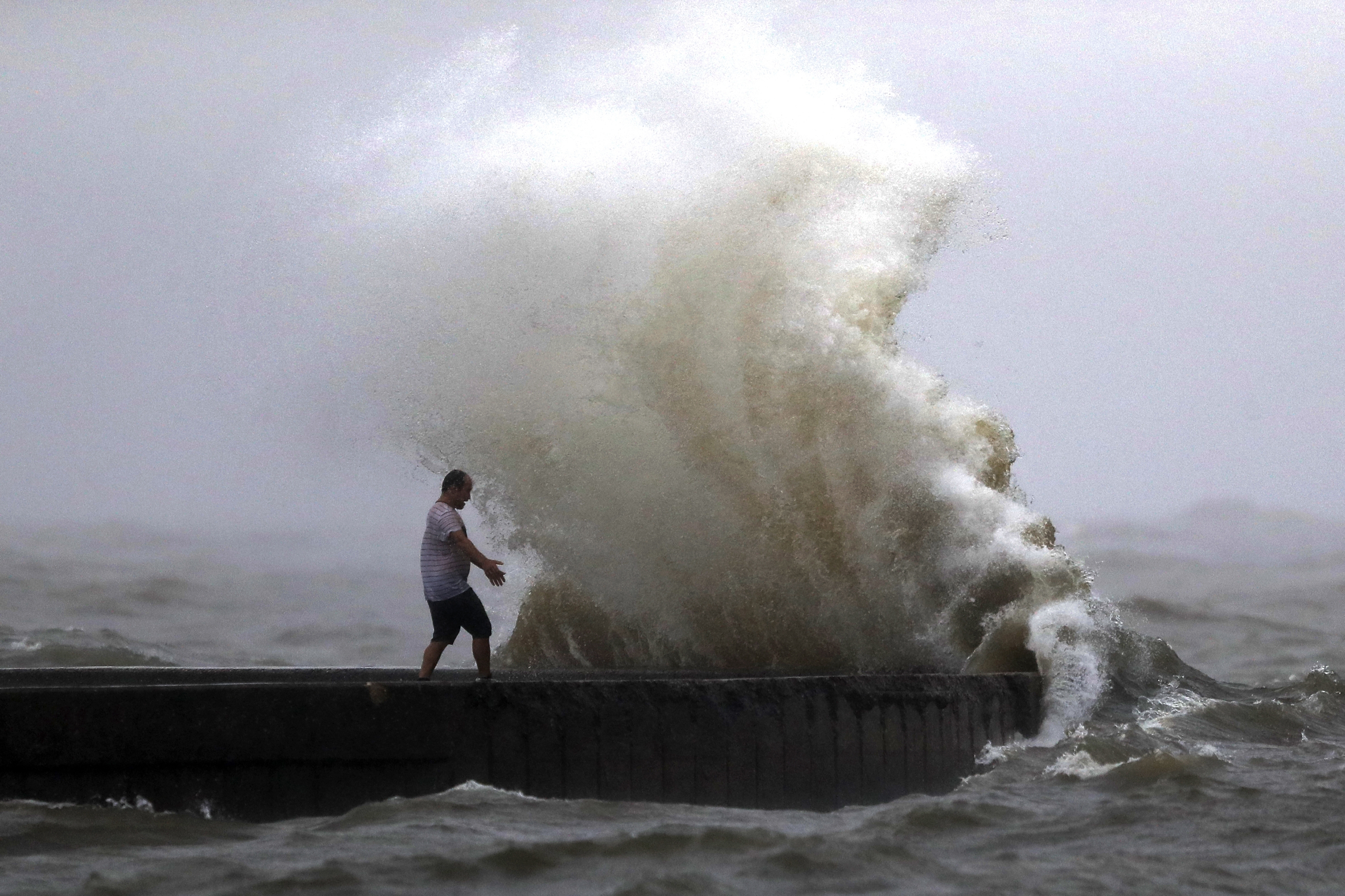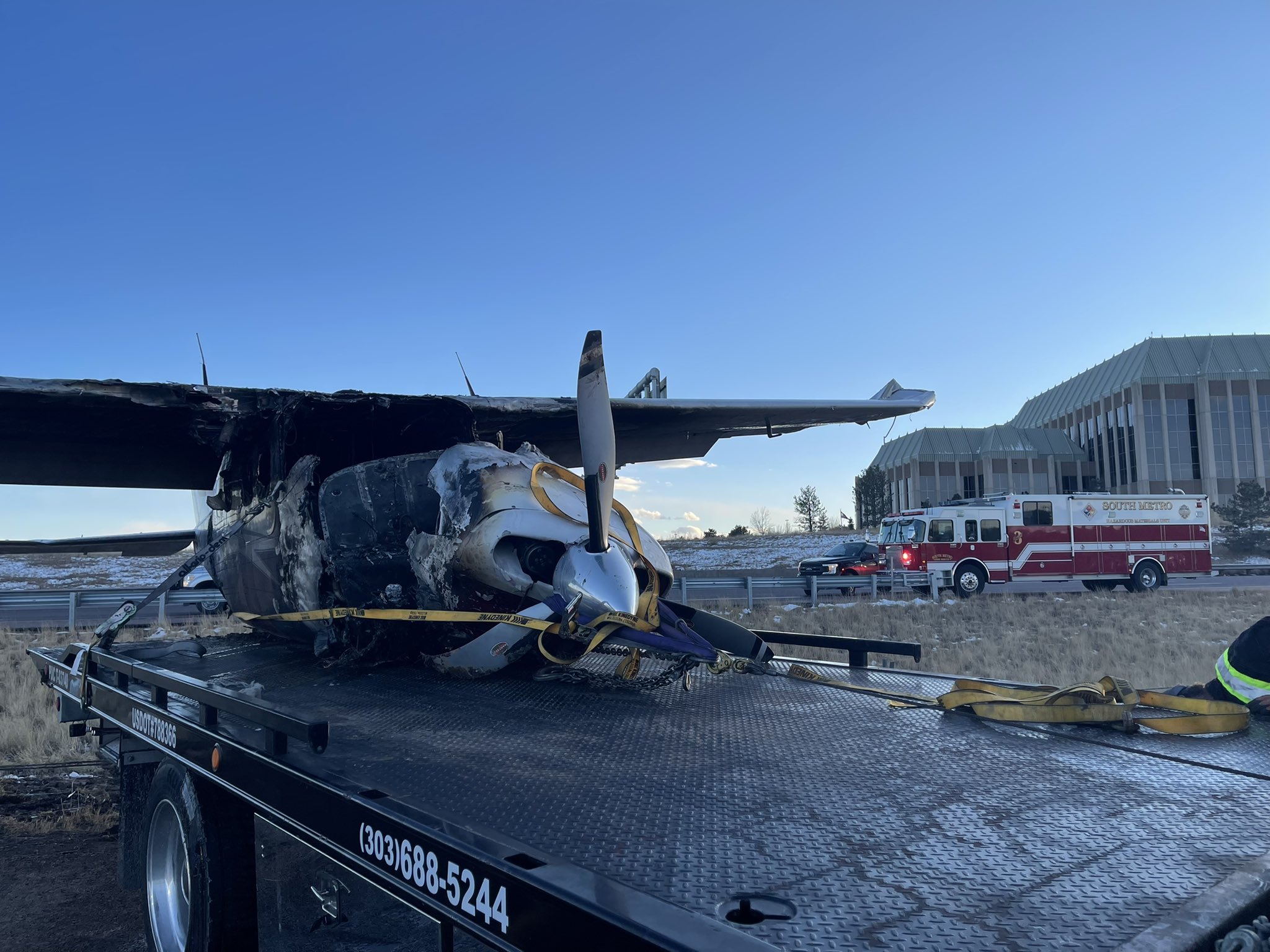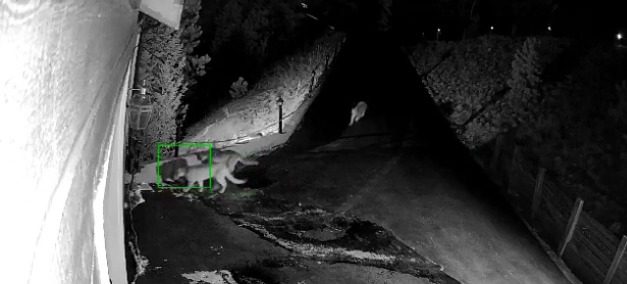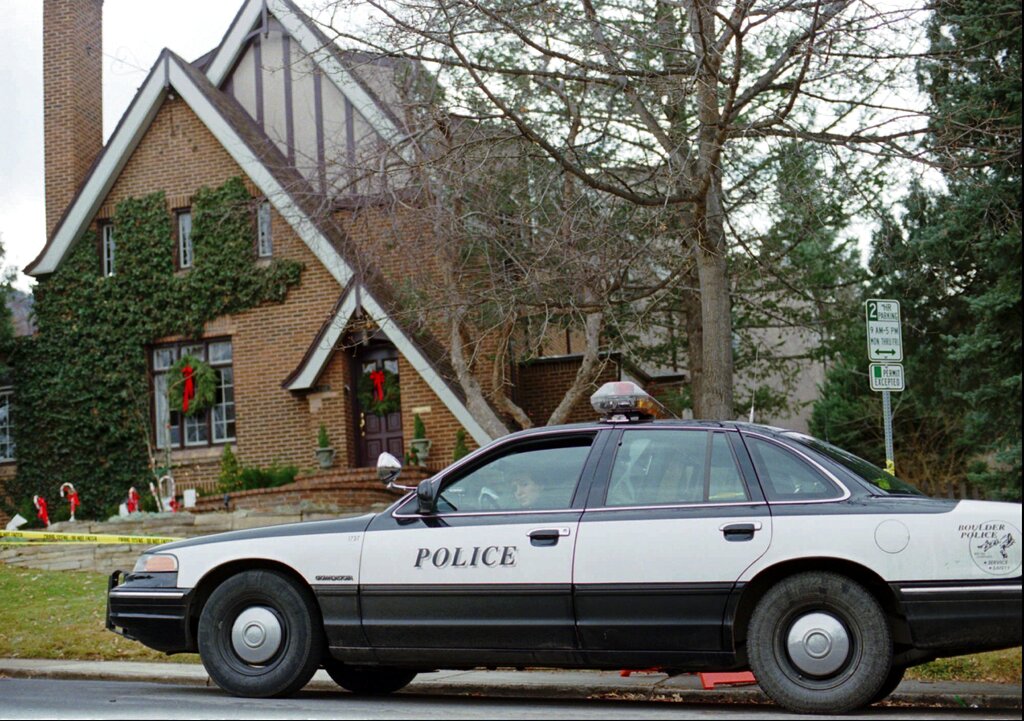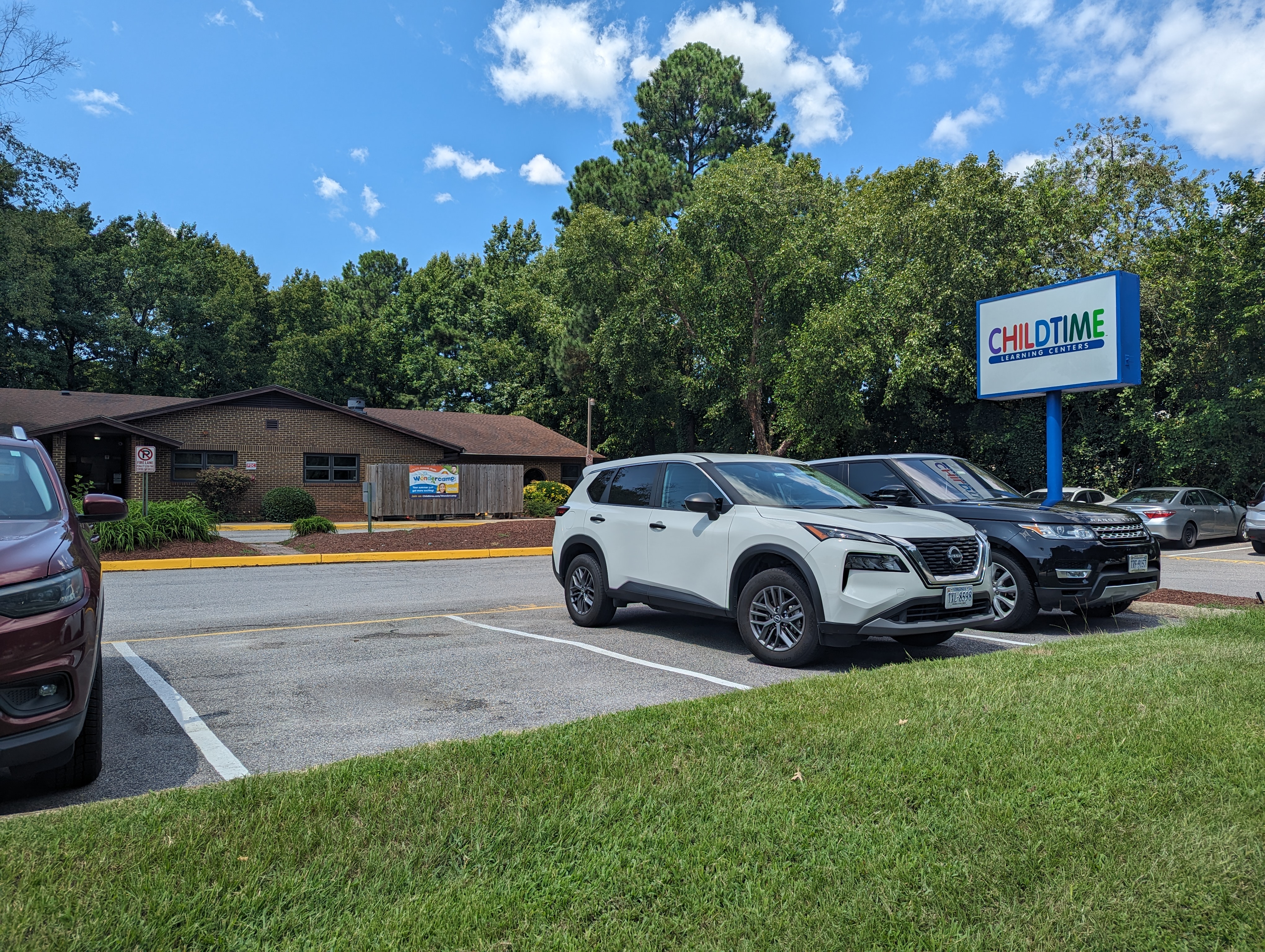PORTSMOUTH, Va. (WAVY) — Talk of nuclear weapons have come back into our national conversation, ever since North Korea ramped up its number of missile tests.
The back and forth war of words resulting from those launches have rattled memories of a different era when the possibility of a nuclear holocaust dominated the discussion. At one time, Hampton Roads — with its rich military presence — was surrounded by eight Nike missile batteries, located on military bases and remote areas not far from our neighborhoods.
Albert Burckard gives tours of Nike Park in Carrollton, where five years ago, the Isle of Wight County pumped water out of the old magazines revealing a dark underworld of cold war politics. Since then, 20 feet of water refilled those cavities. It prevented us from entering, but it didn’t stop Burckard from talking about the Cold War between the United States and the Soviet Union in the 1950’s and 60’s.
Gallery: Hampton Roads’ Cold War Past
“At least here in Hampton Roads, you didn’t want to panic the population, because where would the people go?”
You might have gone to the basement of the old Bank of Smithfield, a fallout shelter in the 1950’s, and now a time capsule of the cold war at the Isle of Wight County Museum.
“I think a lot of folks did actually realize that these sorts of shelters and the bomb shelters that you could provide for yourself at home really didn’t provide a lot of security and assistance,” says museum director Jennifer England.
But they did provide canned food and water, government manuals on survival, even gas masks for children. Because the nuclear age was upon us, and England says Hampton Roads was a prime target.
“All of the bases that are here. Newport News Shipbuilding and a lot of military here, Langley. A tense time. Very scary.”
“We were so close to what would have been ground zero,” says Burckard, “that the civil defense folks gave us up for being wiped out anyway.”
The old Nike missile battery in the Fox Hill neighborhood in Hampton has been abandoned for more than 50 years, and is now a distant memory for Ira Abbott. He was an Army Battalion Guided Missile Maintenance Chief in charge of missiles in four of the eight local batteries, including this one.
No missile ever fired from these batteries. But one day, Abbott says a plane failed to identify itself, and the officer in charge came to a decision.
“He was ready to go and he was gung-ho enough to do it and the Air Force finally identified him and so everything went back to normal.”
Burckard also said it was assumed the Soviets had one of their largest missiles aimed at the military targets in Hampton Roads because that way, “They’d get everything.”
More than 50 years later, places like Nike Park take us back to that dark time.
“So future generations don’t forget how close we came under the concept of mutual assured destruction to virtually getting wiped out, and that’s why the story needs to be told.”

